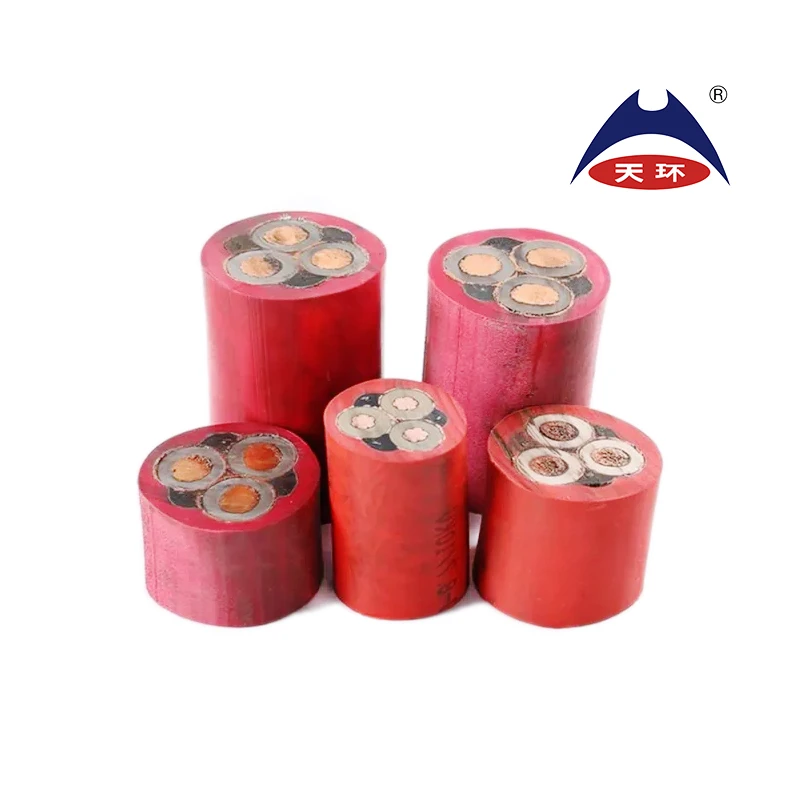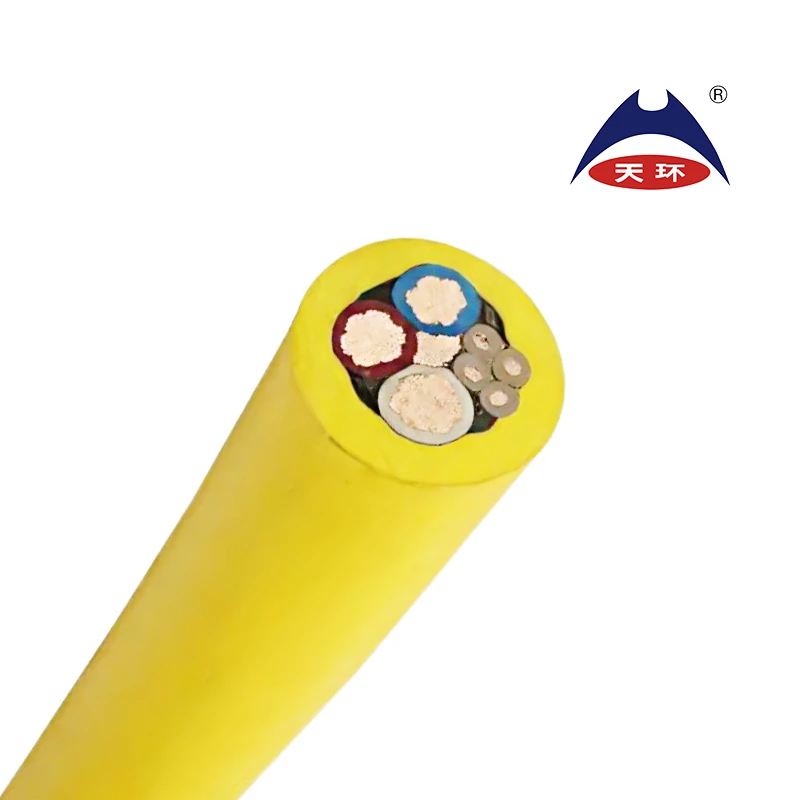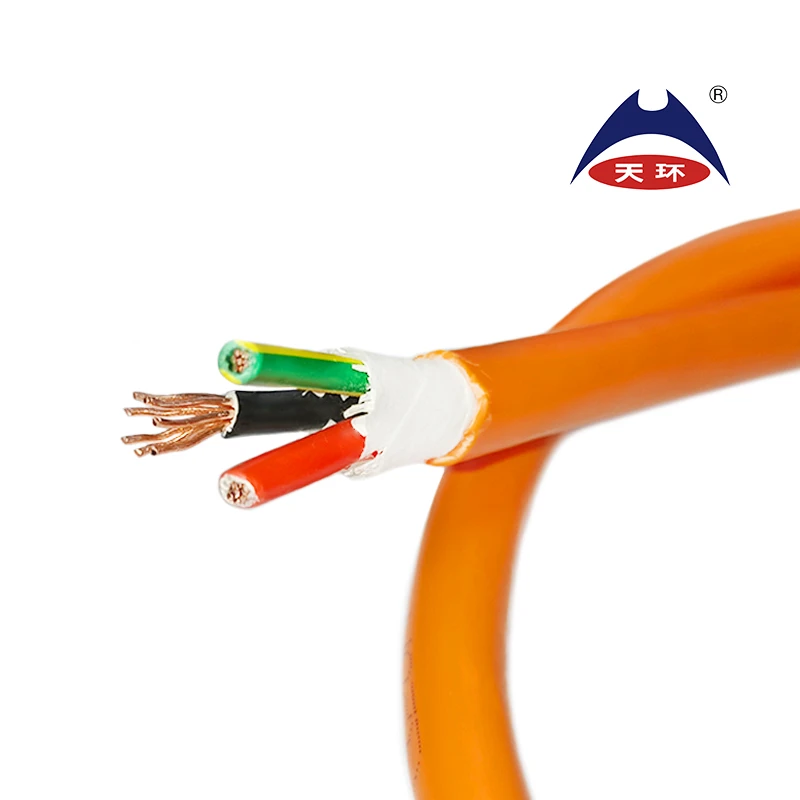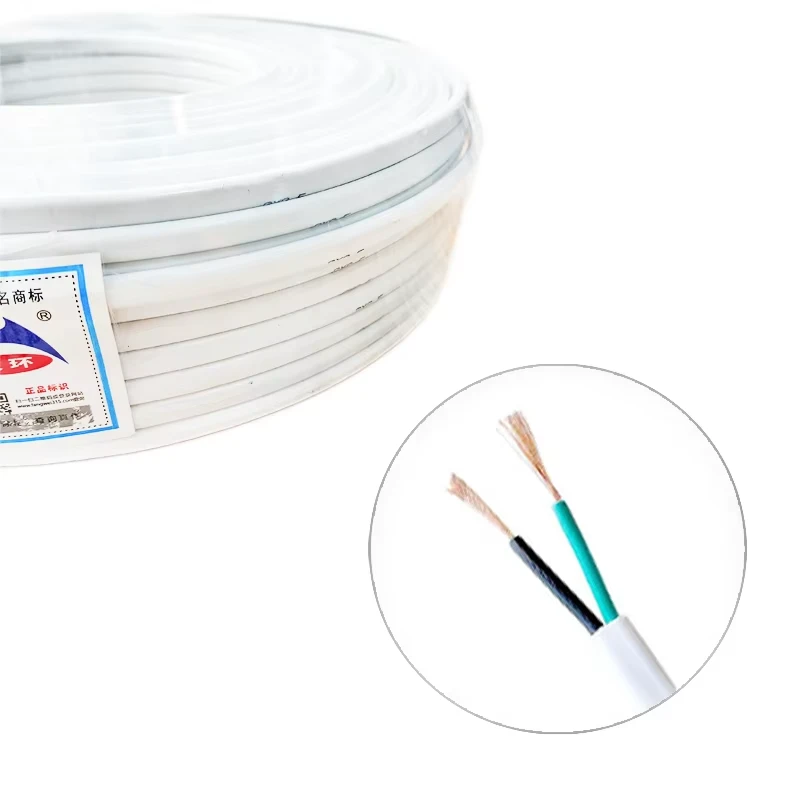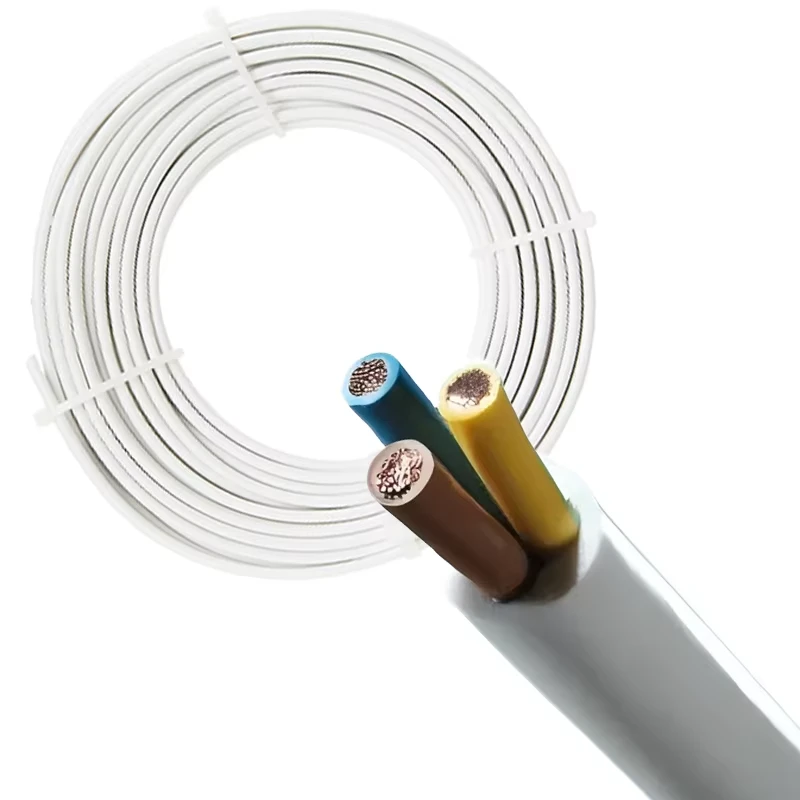
Photovoltaic Cable: The 'Energy Link' in Photovoltaic Systems
In the thriving solar photovoltaic industry, Photovoltaic Cable is like a tough "energy link", undertaking the important mission of safely and efficiently transmitting the converted solar energy. From vast photovoltaic power stations to rooftop distributed photovoltaic power generation systems, it is an indispensable key component of photovoltaic power generation, ensuring stable power transmission with reliable performance and excellent quality.

The precise construction of Photovoltaic Cable is the core guarantee for its stable transmission of electrical energy
The internal conductor of photovoltaic wiring is usually made of high-purity oxygen free copper, which has excellent conductivity and can effectively reduce losses during the transmission of electrical energy. The conductor is wrapped with a specially formulated insulation layer, which not only has excellent high and low temperature resistance, but also maintains stability in extreme environments ranging from -40 ℃ to 90 ℃. It also has excellent weather resistance and can resist the erosion of environmental factors such as ultraviolet radiation and ozone. The outermost sheath is made of high-strength and flame-retardant special materials, which have good mechanical protection and fire resistance. Even if it is scratched by sharp objects or external fire sources, it can ensure the safe operation of the cable.
In practical photovoltaic system applications, the performance advantages of Photovoltaic Cable are extremely significant
The 6mm PV cable has strong environmental adaptability, and can stably transmit electricity regardless of whether it is in high-temperature exposed desert areas or extremely cold high latitude areas, without performance degradation due to environmental changes. The electrical performance of cables is also excellent, with low resistance characteristics that reduce heating during power transmission and improve power generation efficiency; At the same time, it has excellent insulation performance, effectively preventing leakage accidents and ensuring the safety of personnel and equipment. In addition, the photovoltaic cable has a long service life, which can match the 25 year service life of photovoltaic modules, reducing the cost of replacement and maintenance workload in the later stage.
Photovoltaic cables are widely used in various photovoltaic power generation scenarios
In large-scale ground-based photovoltaic power plants, solar photovoltaic cables connect photovoltaic modules, combiner boxes, inverters, and other equipment to gather and transmit dispersed electrical energy to the grid; In distributed photovoltaic power generation projects, such as residential rooftops and commercial rooftop photovoltaic systems, Photovoltaic Cable is responsible for delivering the electrical energy generated by photovoltaic modules to users' electrical equipment or integrating it into the grid, providing users with green and clean energy. Moreover, according to different installation environments and usage requirements, Photovoltaic Cable has developed multiple models, such as anti rodent and anti termite models, to meet diverse application scenarios.
With the continuous innovation of photovoltaic technology, Photovoltaic Cable is also constantly upgrading and iterating
The research and application of new materials make cables more lightweight and high-performance, such as using new nano composite materials to improve insulation performance and mechanical strength; Intelligent technology is beginning to integrate into the field of PV wire for solar panels. Some cables have built-in sensors that can monitor temperature, current, and other parameters in real time, achieving fault warning functions and facilitating timely detection and handling of problems by operation and maintenance personnel. At the same time, in order to adapt to the higher power generation efficiency and larger transmission capacity requirements of photovoltaic systems, new types of high current carrying capacity and low loss photovoltaic cables continue to emerge, promoting the development of the photovoltaic industry to a higher level.
In summary, Photovoltaic Cable, with its unique structure, excellent performance, and wide applicability, has become a key "bridge" connecting energy production and transmission in photovoltaic systems. It not only ensures the stable operation and efficient power generation of photovoltaic power generation systems, but also provides solid support for promoting global clean energy development and achieving the "dual carbon" goal. In the future, with the continuous growth of the photovoltaic industry and advances in technology, Photovoltaic Cable will undoubtedly help solar energy, a clean energy source, play a greater role in the energy field with more advanced technology and reliable performance.
Photovoltaic Cable FAQs
What is a Photovoltaic Cable?
Photovoltaic Cable is a special cable specifically designed for solar photovoltaic power generation systems, used to connect photovoltaic modules, inverters, and other electrical equipment. It has characteristics such as high temperature resistance, UV resistance, and corrosion resistance, making it suitable for harsh outdoor environments.
What is the difference between Photovoltaic Cable and regular cable?
Photovoltaic cables need to meet higher environmental adaptability requirements, such as resistance to ultraviolet radiation and tolerance to temperatures ranging from -40 ° C to 90 ° C when exposed to sunlight for a long time, which ordinary cables usually do not possess. In addition, the insulation and sheath materials of Photovoltaic Cable are more resistant to aging.
What are the common specifications of Photovoltaic Cable?
Common cross-sectional area specifications include 2.5mm ², 4mm ², 6mm ², etc., and the voltage level is usually DC 1.8kV. The specific specifications need to be selected based on the system current, voltage, and wiring distance.
What should I pay attention to when installing a Photovoltaic Cable?
Avoid sharp angle bending or mechanical damage, and use specialized wire clamps when fixing; Cable routing should avoid sharp edges and maintain appropriate spacing to reduce heat generation; The joint part needs to be treated with waterproof and moisture-proof measures.
How long is the lifespan of a Photovoltaic Cable?
High quality Photovoltaic Cables can have a lifespan of over 25 years under normal usage conditions, but their actual lifespan is affected by factors such as installation quality and environmental conditions (such as UV intensity and temperature fluctuations).
-
0.6/1 kV Low Voltage XLPE Insulated Multi-Core SWA Armoured Cable-Tianhuan Cable Group|Durable Industrial Cables&Fire-Resistant Design소식Sep.29,2025
-
0.6/1 kV XLPE Insulated Multi-Core SWA Armoured Cable - Tianhuan Cable Group | High-Durability&Fire-Safe Design소식Sep.29,2025
-
0.6/1 kV XLPE SWA Cable-Tianhuan Cable|Low Voltage Power Cable&Industrial Cable소식Sep.29,2025
-
0.6/1 kV XLPE SWA Armoured Cable-Tianhuan Cable|Low Voltage, Durable, Fire Resistant소식Sep.29,2025
-
XLPE Insulated SWA Armoured Cable-Tianhuan Cable Group|High Electrical Insulation&Mechanical Protection소식Sep.29,2025
-
0.6/1 kV Low Voltage XLPE Insulated Multi-Core SWA Armoured Cable - Tianhuan Cable Group | Power Transmission, Durability, Safety소식Sep.29,2025
-
0.6/1 kV XLPE Insulated SWA Armoured Cable - Tianhuan Cable Group | High Voltage Resistance&Durable Construction소식Sep.29,2025





